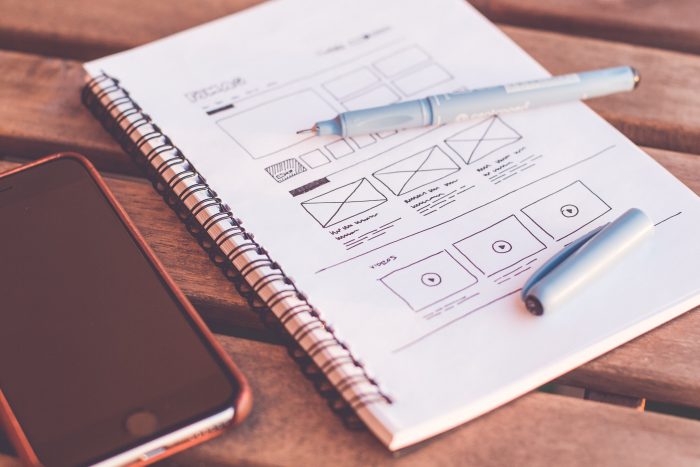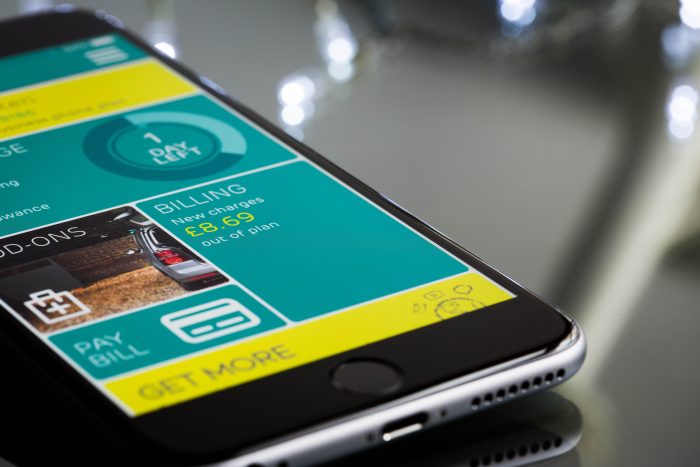UX design defined
User experience or UX design is the process of crafting digital experiences so that they work well and are enjoyable for the end user (the customer). The activities that make up User Experience Design place the user at the centre of the design thinking, the ultimate aim being to make the complex simple and provide a seamless, frictionless online experience. The designer must also have a holistic view of how this product or experience will fit into the user’s life. What is its context? At the same time the UX designer will be mindful of business strategy and technical boundaries so that the proposed design is feasible. The goal is to create solutions that are optimized for your users and which ultimately provide business value for your organization.
The UX design role is complex and wide-ranging but some of the main activities that a UX designer will carry out are described below: –
1) Initial research and planning
Customer insights
The UX designer will ensure that they understand the target customer types (behaviours and motivations) to identify and validate the key problems we are trying to solve for them. This may involve preparing personas which are pen portraits of the customer segments and the way they behave in the context of this market and product.
Competitor analysis
This provides the market context for the product, showing how existing suppliers are solving potentially similar problems (if at all) and where this is working or failing. This provides stimulus and benchmarking for designing your own offering.
Requirements gathering
Insights gained during this research will enable the UX designer to assess, edit and supplement the business requirements for the product as pain points are identified and elaborated upon.
2) User journeys and Information Architecture
For each customer type, we lay down the steps they will take through the product to achieve their goal and identify the function and content needed at each step. This is preferably done in a co-creation workshop with stakeholders from the business, tech and User Interface (UI) design disciplines.

3) Wireframes
Once the journeys are mapped out, the first rough sketches (mockups) of interfaces can be made to produce a paper prototype which can be shared with the team and tested with customers. The feedback can be used to quickly improve the design as it moves into more refined wireframes. Wireframes are black and white layouts that provide the blueprint for the product’s interfaces. An interactive prototype can also be made at this stage, making it easy for every stakeholder to see and feel the vision for the product. This can also be used for another round of testing and iteration.

4) UI or Visual Design
This stage involves a UI designer who applies the look and feel to the design, i.e. brand imagery, colour, typography and interactions. There should be close collaboration with the UX designer to ensure that any effects on the experience are thought through and validated. These designs will now be pixel perfect and can be easily turned into a clickable prototype to run another round of testing and to further brief the development team on product function and behaviour.
5) Usability Testing
The fully branded prototype can be usability tested with customers to tease out anymore updates before tech development starts. It is much cheaper to refine the product design now than during or after coding.

6) During Development and Post Launch
It is beneficial if the UX designer can oversee development to help to make any required changes to the design and to perpetuate the insights gathered during earlier research and testing.
Following product launch, reaction to the live product from customers along with web analytics provide further insights for optimising the product.

